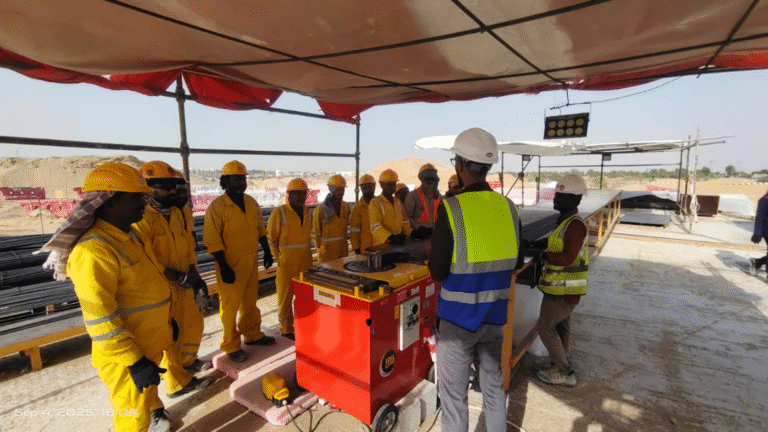HSE Full Form
What is HSE?
HSE stands for Health, Safety, and Environment. It is a structured framework followed by organizations worldwide to ensure workplace safety, employee well-being, and environmental sustainability. The primary goal of HSE is to minimize risks and prevent accidents, ensuring a safe and healthy working environment.
HSE in Safety
In the safety domain, HSE (Health, Safety, and Environment) refers to policies, regulations, and practices that protect workers, assets, and the environment from potential hazards. These regulations help industries maintain compliance with national and international safety standards.
HSE Engineer
An HSE Engineer (Health, Safety, and Environment Engineer) is responsible for implementing safety protocols, conducting risk assessments, and ensuring compliance with environmental regulations in various industries, including construction, manufacturing, and oil & gas.

HSSE (Health, Safety, Security, and Environment)
HSSE includes Security in addition to HSE, emphasizing the protection of personnel, property, and data from potential threats such as theft, cyber-attacks, and unauthorized access. This is especially relevant in industries dealing with sensitive information or hazardous materials.
Understanding HSE
HSE covers three critical aspects:
- Health – Ensuring the physical and mental well-being of employees by preventing occupational diseases and providing proper healthcare facilities.
- Safety – Implementing measures to prevent accidents and injuries in the workplace by following safety protocols and training employees.
- Environment – Reducing the impact of industrial activities on nature by adopting sustainable practices and complying with environmental regulations.
Importance of HSE in Industries
HSE is crucial across various industries, including:
- Construction – Preventing accidents and ensuring worker safety on construction sites.
- Oil & Gas – Managing hazardous materials and minimizing environmental impact.
- Manufacturing – Reducing workplace injuries and improving operational efficiency.
- Healthcare – Ensuring patient safety and infection control.
- Chemical Industry – Handling dangerous chemicals with proper safety measures.
Key Components of HSE Implementation
- Risk assessment and hazard identification
- Implementation of safety training programs
- Workplace safety inspections
- Environmental sustainability initiatives
- Emergency response planning
- Regulatory compliance and reporting
Frequently Asked Questions (FAQ)
HSE stands for Health, Safety, and Environment, a framework ensuring workplace safety, employee well-being, and environmental protection.
HSE is crucial for minimizing workplace hazards, ensuring regulatory compliance, protecting employees, and promoting sustainable environmental practices.
An HSE Engineer is responsible for risk assessments, implementing safety measures, ensuring compliance with safety regulations, and training employees on workplace safety.
HSE helps organizations reduce workplace accidents, improve efficiency, comply with legal standards, and enhance their reputation by promoting a safe and sustainable work environment.
Conclusion
HSE (Health, Safety, and Environment) is a vital framework that ensures workplace safety, health, and environmental sustainability. By following HSE principles, organizations can protect their employees, assets, and the environment, leading to improved efficiency, regulatory compliance, and a positive corporate reputation.
A strong HSE culture benefits both businesses and society, making it a key aspect of responsible industrial and corporate practices.















































